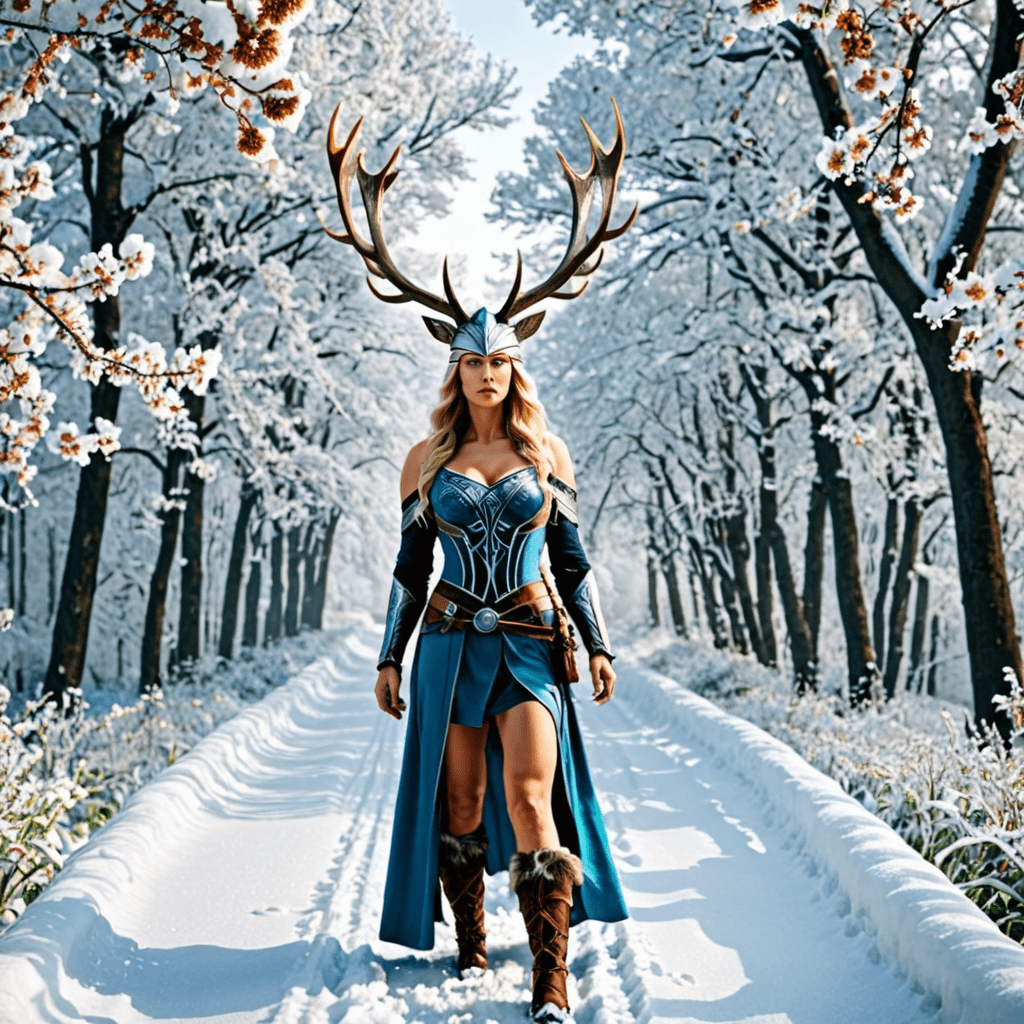Norse Mythology and the Seasons
In Norse mythology, the changing of seasons held great significance and was often intertwined with the tales of the powerful gods and goddesses who shaped the world. Each season – winter, spring, summer, and fall – had its own unique characteristics and stories within Norse mythology.
Winter: The Harsh Realm of Frost Giants
Winter in Norse mythology is a time of harsh coldness and darkness, closely associated with the fierce Frost Giants who inhabited the frozen realms. The ruler of winter is often considered to be Skadi, the giantess of winter, mountains, and hunting. In Norse myths, winter represents a time of endurance, survival, and inner strength against nature’s toughest challenges.
Spring: The Rebirth of Life and Growth
Spring in Norse mythology is a time of renewal and rebirth. It signifies the end of the long winter and the return of life to the world. Freyr, the god of fertility and prosperity, is often linked to the arrival of spring. In Norse tales, spring is portrayed as a time of new beginnings, growth, and the promise of better days ahead.
Summer: The Season of Bounty and Warfare
Summer in Norse mythology is a vibrant season filled with bounty from the land and sea. It is a time of abundance, celebration, and even conflict as warriors embark on journeys and battles. The sun goddess Sol, who drives the chariot of the sun across the sky, plays a significant role during the summer months. Summer in Norse myths reflects courage, honor, and the cyclical nature of life.
Fall: The Harvest Season and Time of Transition
Fall, or autumn, in Norse mythology marks the harvest season, where the fruits of labor are reaped and stored for the colder months ahead. This season is associated with the god Ullr, often linked to hunting, skiing, and archery. In Norse stories, fall represents a time of reflection, preparation, and transition as the earth prepares to embrace winter once again.
FAQs about Norse Mythology and the Seasons
What role do Norse gods play in the changing seasons?
In Norse mythology, the changing seasons are often attributed to the actions and influence of various gods and goddesses. For example, Odin’s Wild Hunt is believed to bring on winter, while the goddess Sif is associated with the growth of crops during the spring.
How is winter portrayed in Norse mythology?
Winter in Norse mythology is often depicted as a challenging and dark time, associated with frost giants and the decline of life. It is a period of hardship and struggle, where survival becomes paramount.
What significance does spring hold in Norse mythology?
Spring in Norse mythology symbolizes rebirth, renewal, and the awakening of life. It is a time of fertility, growth, and the promise of better days ahead, often linked to the goddess Idunn and her apples of youth.
How is summer represented in Norse mythology?
Summer in Norse myths is typically seen as a time of abundance, light, and vitality. It is associated with bountiful harvests, long days, and joyous celebrations, reflecting the strength and power of the gods.
What does autumn signify in Norse mythology?
Autumn in Norse legends is a time of harvest,





